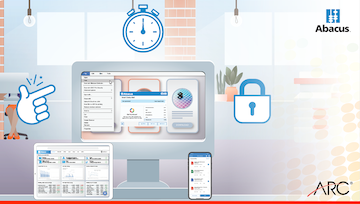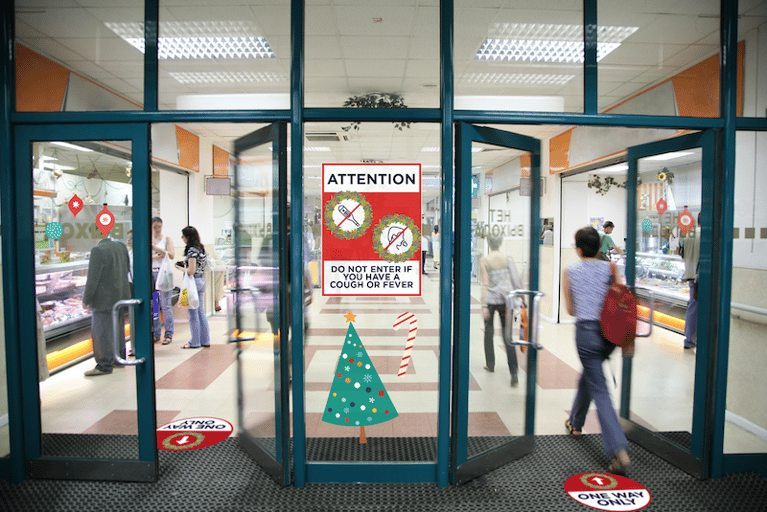If you’re just starting to get curious about what drone mapping can do for your business, it’s easy to get overwhelmed by all the different types of drone hardware, software, and mapping terminology.
But once you start to truly understand the large potential ROI and the vast array of use cases for drones on the construction site, you’ll be glad you spent the time to learn about this exciting new technology.
Aerial Maps and Drone: What’s the Big Deal?
There’s a good reason that—despite the expense of manned aircraft—AEC firms have been creating maps from aerial photographs for decades.
However, because creating aerial maps was so resource-intensive in the past, using them only made sense on massive projects with large budgets.
Until now, resource-intensive mapping and site inspection methods were the only option for small and medium-sized construction projects and budgets.
The fact that you can now contract a drone service provider to create an aerial map of your site is a game-changer. As a customer, you don’t have to pay for the expensive pilots, fueling costs and multiple site passes that are required with a manned flight. And, thanks to powerful software, you skip the long wait times typically associated with data processing after a manned flight.
Add in the variety of potential deliverables—such as 3D models, contour maps, and more—made available by drone software, and it’s easy to get excited about the potential use cases of drone mapping.
Drone Mapping: 4 Use Cases
From mapping out a site in the preconstruction phase to 3D mapping a finished project for marketing purposes, and every project phase in between, there is no shortage of use cases for aerial mapping with drones. Here are four of the most common:
1. Mapping Existing Site Conditions and Contours
Programs like Google Earth might provide some information about your site, but those images are often out of date. By using a drone to quickly map a construction site, you’ll get an updated aerial map of existing site conditions. Depending on the type of drone and software you deploy, you can also generate contour maps to get even more information about the site.
2. Verifying Earthwork During Site Preparation
Ensuring earthwork is done as specified in the design plans is a dangerous and resource-intensive process without the help of a drone. However, thanks to the detailed information drones can gather from the air, you can verify earthwork with great accuracy with a simple drone flight and reduce the risk of OSHA penalties associated with soil runoffs.
3. Jobsite Tracking
Tracking job site progress, conducting safety inspections, and anything else that requires you to walk the site to visually inspect things can be handled by a drone. This easily puts at least a few hours back into your schedule each week along with savings on travel, meals and hotels to capture data at jobsites outside of your area.
To see an example of jobsite tracking with drones in action, read about how AvalonBay Communities worked with ARC’s Drone Services to create a monthly project summary report using drones on a 248-until apartment project in New Jersey.
4. Marketing Completed Projects
For potential residents of a new community or tenants of a new office, getting a real sense of the place they’re buying into can help seal the deal and drones can help with that. In addition to stunning videos of huge residential communities, you can use drones to capture aerial photographs of your project.
Of course, there are even more, specific use cases for drones, which we talked about in a webcast titled: “Overcoming the Challenges of Capturing and Using Drone Data in Construction”
How Does Drone Mapping Work?
There’s a science to the process of drone mapping, and it’s called “photogrammetry.” Photogrammetry is the science of making measurements from photographs and it’s used to create 3D models, maps, or drawings.
By taking a ton of photos of a site, drones gather the data needed to create a map. Once those photos are taken, someone uses software to process the photos into a point cloud (for 3D models) or a map. Drones can also use LiDAR technology which relies on lasers to take measurements and gather data for processing into a point cloud for a 3D model or contour map.
Bringing Drones to Your Jobsite
The last thing you should know about drone mapping is that, when it comes to your own project, there are a variety of ways you can create an aerial map. Of course, you can go the fixed-wing route, but that will get very pricey, very quickly. You could potentially do it in-house, though this would take several months (at least) as you ramp up, get cleared by the FAA, learn to fly the drone and process the data into the format you want.
The easiest way to bring drones on to your job site, though, is to contract a drone service provider like ARC. From preparing for flight, flying the drone, and processing the data, we can take care of everything you need to create an aerial map.
Related
Overcoming the Challenges of Capturing and Using Drone Data in Construction
How Drones are Making the Modern Construction Site a Safer Place to Work
5 Practical Benefits of Drones in Construction
Partners in Flight: Drones Deliver Progress Tracking for Major Construction Site





